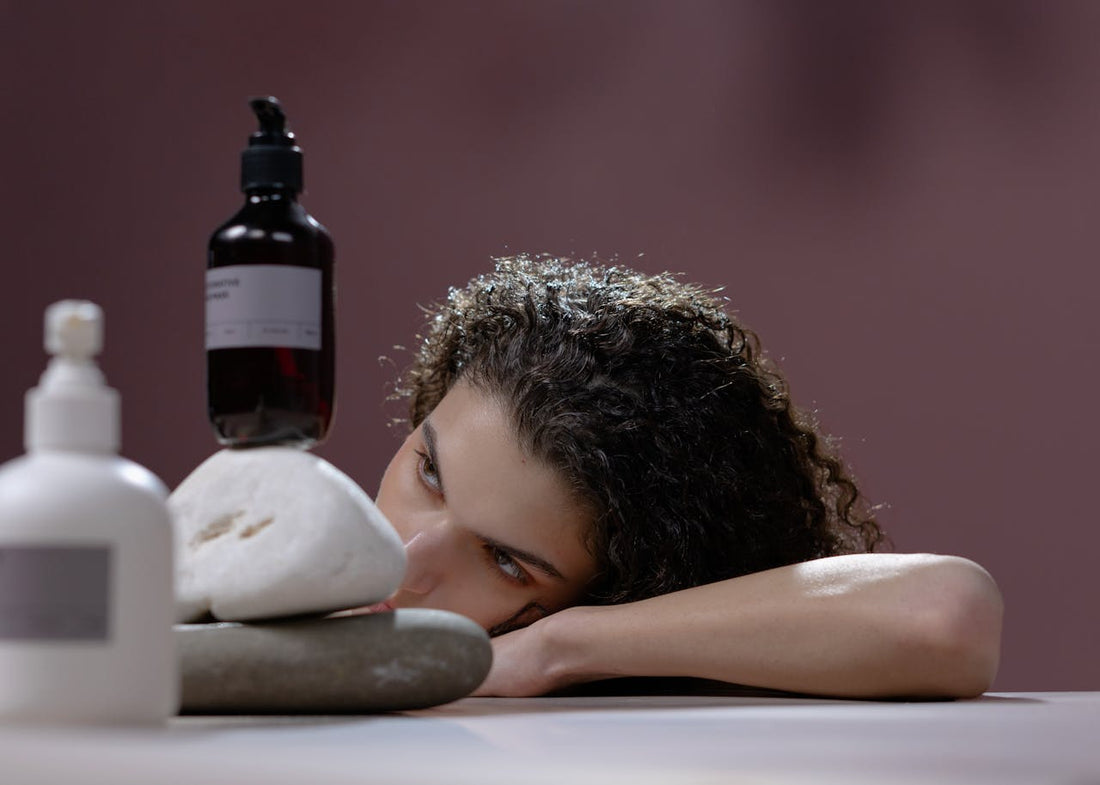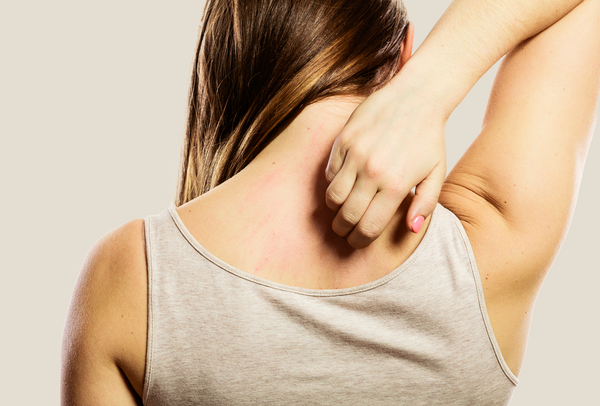Shampoo and conditioner may be distinct haircare formulations, but they share a common basic goal when used together, which is to cleanse and hydrate the hair. These products work hand in hand to achieve these objectives—however all shampoos and conditioners are not created equal.
What is shampoo?
Shampoo is primarily a cleanser designed to remove dirt, oil, product buildup, and other impurities from the hair and scalp. Shampoos are formulated with ingredients called surfactants that help loosen debris so they can be rinsed from the hair. Most of us are accustomed to the lather that forms when surfactants mix with water, which helps distribute cleansing agents throughout the hair.
Although the main task of any shampoo is cleansing the hair, it’s important to understand the specific ingredients that are used for this purpose—and sulfates are among the most common. Although they are generally considered safe, the growing wave of sulfate-free products is an indication that this ingredient is not without issues. The main concern with sulfates is that they can strip moisture from the scalp and skin, which can aggravate sensitive and acne-prone skin. In addition to being potentially harsh and dehydrating, sulfates can also cause color to fade.
The most common sulfate-based haircare ingredients are sodium lauryl sulfate and sodium laureth sulfate, but there are many synthetic and naturally-derived forms from sources like petroleum as well as coconut and palm oils. Regardless of their origin, sulfates are unlikely to do your hair or skin any favors. If you have reactive skin, it’s wise to skip the sulfates altogether.
What is conditioner?
Generally applied after shampooing, the main purpose of conditioner is to moisturize, detangle, and soften the hair to help make it more manageable. This requires ingredients like emollients and oils that coat the hair shaft, smooth the outermost layer (called the cuticle), and seal in moisture. Some conditioners are also formulated with additional proteins and vitamins to nourish and strengthen the hair. Conditioners can come in different types of formulations, such as rinse-out, leave-in, deep conditioners, and hair masks.
Similar to shampoo, doing your homework about the ingredients in your conditioner can benefit both your hair and skin. Although all hair types need moisture, some hydrating ingredients can lead to skin and scalp issues, or leave fine hair falling flat. Silicone is an extremely common haircare ingredient that is widely used to reduce frizz. Although silicone is considered non-toxic, this ingredient has a tendency to contribute to build-up, which can translate to extra weight on the hair.
In terms of skin health, silicones may have the potential to cause clogged pores when combined with certain other ingredients because they act as occlusives and can “trap” some ingredients on the skin. Build-up on the scalp may prevent hair follicles from performing at their best. It’s also worth noting that conditioners use an array of oils, waxes, and other ingredients to hydrate the hair. Considering that rinse-out and leave-in haircare products can leave a residue on the skin that lingers for hours[1], ingredients that have the potential to clog pores can lead to issues for acne-prone skin.
How SEEN is different
As a Harvard-trained dermatologist, SEEN founder Dr. Iris Rubin understands that shampoo and conditioner are the foundation of any haircare regimen. She created formulas that allow everyone to enjoy gorgeous hair and healthy-looking skin—including those with sensitive and acne-prone skin.
SEEN Shampoo offers gentle yet effective cleansing courtesy of naturally-derived surfactants without worrying about the drying effects associated with sulfates. SEEN Conditioner delivers all the moisture, detangling, and smoothing all hair types need, without the pitfalls of silicone or pore-clogging oils. Instead of silicone, SEEN uses a plant-sugar derived alternative called hemisqualane (C13-15 alkane) to help reduce frizz and leave the hair feeling soft and smooth.
SEEN’s proven results
SEEN is proof that dermatologist-designed shampoos and conditioners can do a lot more than simply cleanse and moisturize the hair. When used as a regimen, SEEN Shampoo and Conditioner have been shown to achieve these results:
- 70% with body acne improved and 52% with face acne improved[2]
- 93% saw improvement in dry, flaky scalp and 73% agree their scalp feels calmer[3]
- When used as a regimen, SEEN Shampoo and Conditioner reduce hair breakage by up to 59%[4]
- When used as a regimen, SEEN Shampoo and Conditioner reduce frizz by 57% for up to 8 hours at 80% relative humidity[5]
SEEN’s skin benefits
All SEEN products are safe for sensitive skin, non-irritating, and non-comedogenic (so they won’t clog pores). When formulating SEEN products, Dr. Rubin also avoids many common allergens and irritants, and consults with a contact dermatitis specialist about emerging allergens as well. Since fragrance can be an allergen or irritant to some, SEEN also offers fragrance-free Shampoo and Conditioner—and these products have received the National Eczema Association’s Seal of Acceptance™ and SkinSAFE’s “Trusted Choice” seals.
When you start your haircare routine with SEEN Shampoo and Conditioner, your hair and skin both win!
[1] Rubin IK, Gourion-Arsiquaud S. Deposition and Retention of Hair Care Product Residue Over Time on Specific Skin Areas. J Drugs Dermatol. 2020 Apr 1;19(4):419-423. PMID: 32272520.
[2] In a dermatologist-graded clinical study, 27 subjects with mild to moderate acne used SEEN shampoo and conditioner as a regimen for 8 weeks. SEEN is non-medicated and can help those for whom hair products are contributing to acne.
[3] In a dermatologist-graded clinical study, 30 subjects with mild-to-moderate dry, flaky scalp used non-medicated SEEN shampoo and conditioner for 4 weeks.
[4] Independent 3rd party lab test, repeated grooming study with 10 bleached hair tresses, compared to control.
[5] Independent 3rd party lab test, 8 hair tresses, compared to control washed with SLES.




